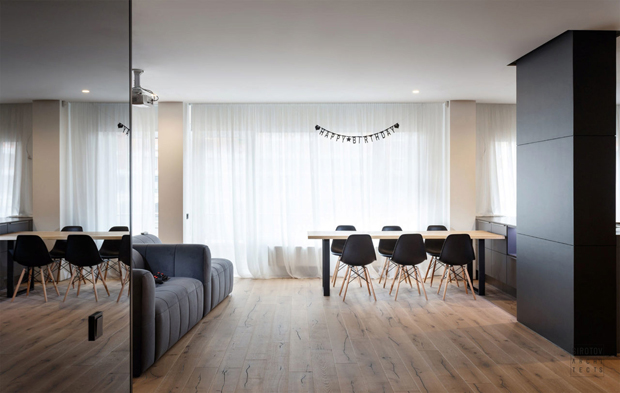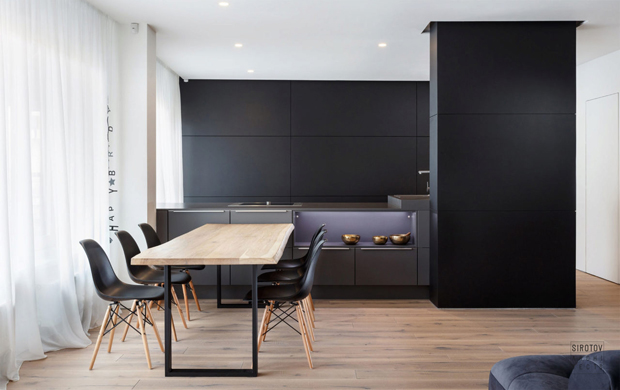
When it comes to installing hardwood flooring, the good news is that you’ll probably be able to do it yourself. The bad news is that there’s always the potential to mess the job up and end up shelling out a fortune on getting an expert to put it right.
Here are a few tips to successfully laying your hardwood floor:

Research your floors
Hardwood flooring is extremely popular in today’s market and there’s a wide range of floor varieties for buyers to choose from, from Laminate to Parquet Flooring, the different styles and prices ranges can be endless. The method you’ll need to employ to lay your floor will depend largely on the type of floor you buy. Solid wood floors can be difficult to lay and often need to be glued down to the floor beneath. Engineered and laminate flooring, on the other hand, is typically more straightforward; they are both types of ‘floating floors’, so called because they connect via a groove and tongue mechanism and don’t need to be glued down to the sub-floor. A great way to research the types of hardwood currently available is to visit a local hardwood flooring depot. The depot will have a variety of distinctive styles, textures and colours on display to help you make an informed decision when it comes to choosing your floor.
Check out your sub-floor
How good your floor looks once it’s down will depend somewhat on the condition of your subfloor. Whatever material your subfloor is comprised of (whether it be wood or concrete), it’s important that it’s completely level; even the slightest irregularity in the laying of the underfloor can result in unsightly lifts and dips in the floor above. If you recently levelled your sub-floor with a new layer of concrete, it is imperative that you wait for the concrete to dry completely before you lay the floor. Hardwood floor reacts very badly to moisture (hence the need for underlay), so a damp sub-floor is not a good idea.

Underlay
Floating floors require a layer of underlay to keep moisture at bay and add an additional layer of comfort and soundproofing in the home. The type of underlay you need will depend on the type of subfloor you have, and the type of floor you’re putting down. There are plenty of diverse types of underlay on offer at various prices, making choosing the right underlay for your floor a daunting task. Although it may be tempting to use your existing underlay, this isn’t always a clever idea, particularly if your previous floor was a carpet or a distinctive style of wood flooring to the one you’re putting down. Your best bet when it comes to choosing the right underlay for you is to consult with an expert.
Leave a gap!
It’s essential that you give your newly laid wood floor some time to breathe and leave a 15mm gap around the edges of the floor. The gap can be covered or disguised, but it needs to be there; floors expand after being laid and need space to move into.
Images from il1h Apartment in Kiev by Sirotov Architects



